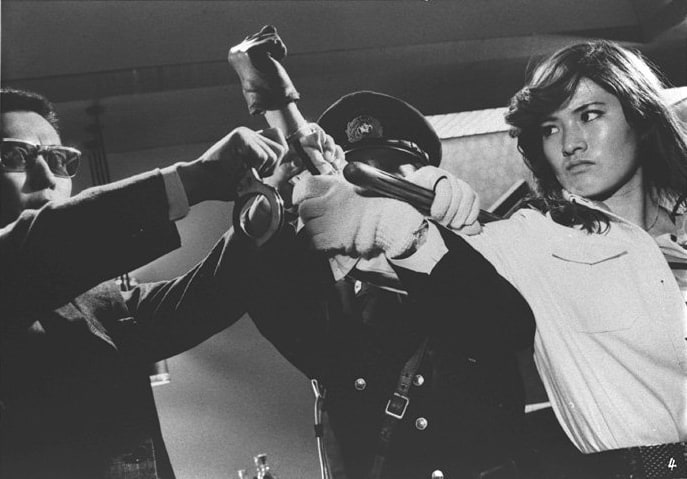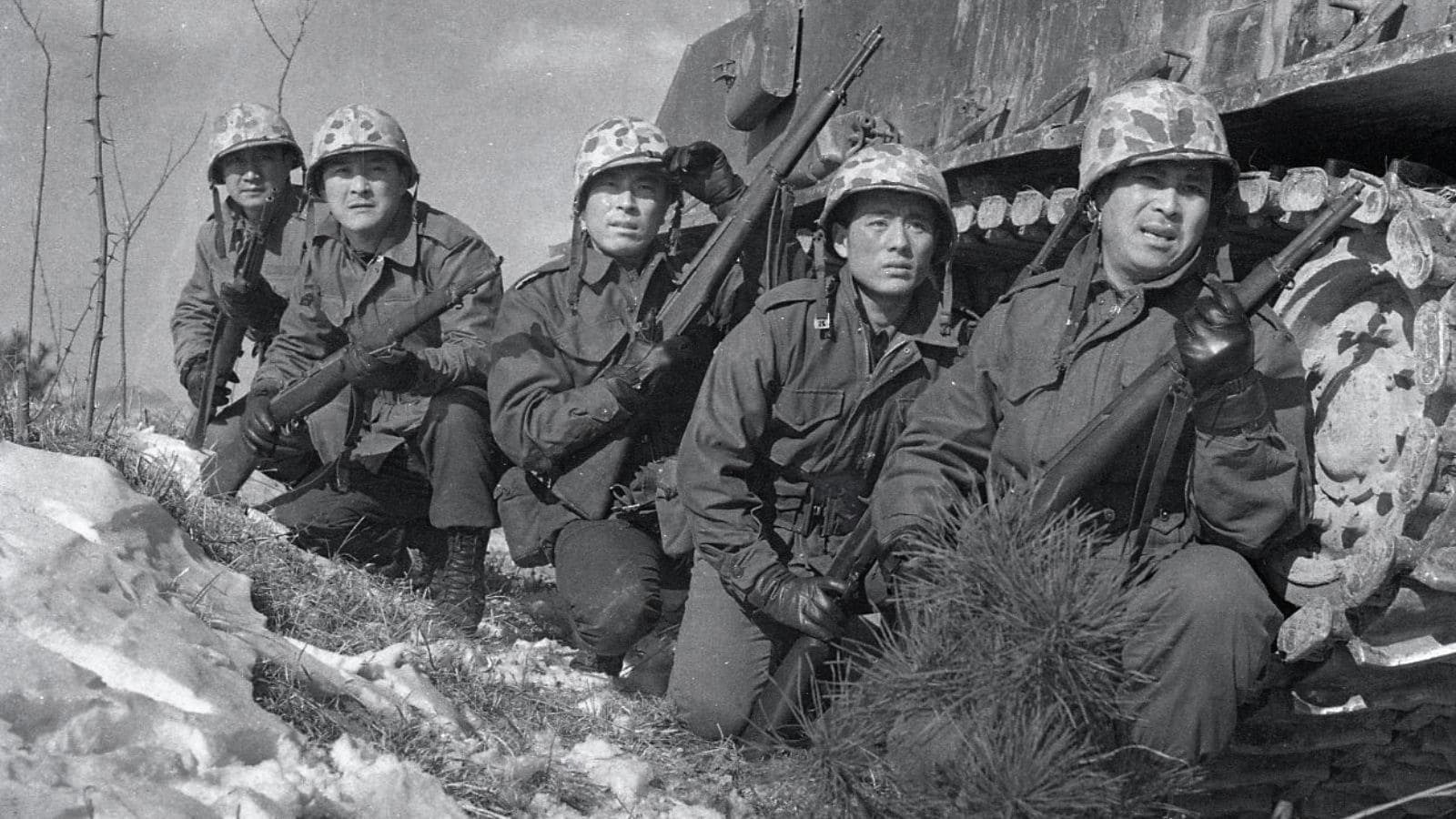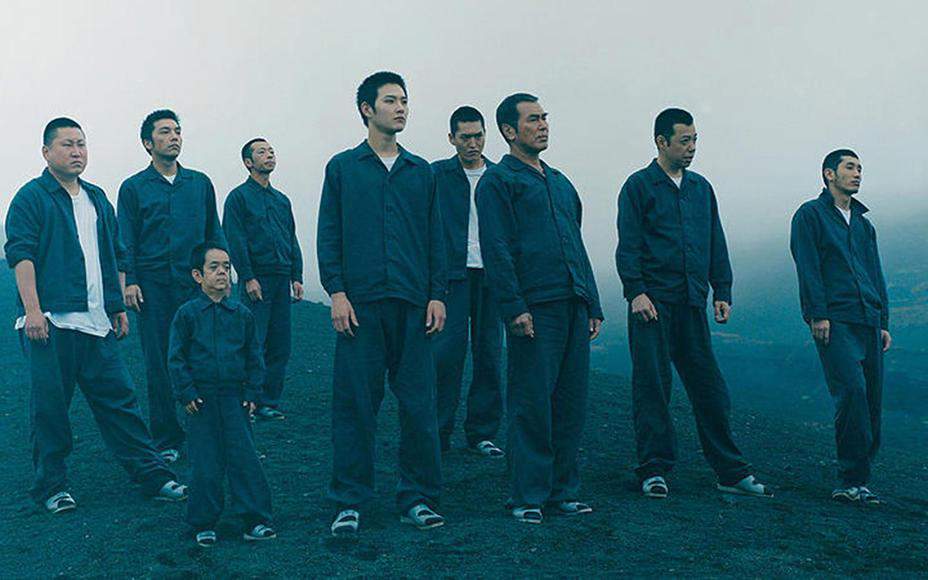Hong Dae-young's first feature “Supermoon” screened in this year's Korean Panorama at the 15th edition of Indie-AniFest. “Supermoon” is still relatively new on the festival circuit; it first premiered in the 2018 Bucheon International Animation Festival (BIAF) and played in Seoul Indie-Space's Twinkle Twinkle Independent Films Corner. It definitely shows potential, though: aside from some problematic plot points, “Supermoon” highlights the flexibility of 3D animation through 2D imitation. By mimicking 2D animation in 3D, “Supermoon” introduces the traditional Korean arts to the big screen with a creative spin on Harvest Moon folklore.
“Supermoon” revolves (orbits?) around Geon-woo (Kim Jeong-hoon), a ten-year old boy who has trouble talking to people. One day, during a camping trip, Geon-woo tumbles into the exact spot of a retired forest guardian, and — through some osmosis-like absorption — accepts his role as the forest guardian's successor. Working as the new forest guardian comes with perks, like talking to animals. It also comes with responsibility too; for each newly deceased forest dweller, Geon-woo must send their soul up to the moon to expedite their reincarnation.
Among his new furry friends, Geon-woo befriends a lovey-dovey boar couple. The friendship is soon overshadowed by tragedy, however. On the night of Harvest Moon celebrations, Do-sae's wife passes away in a poacher hunt-turned-road accident. In an Orpheus-like journey, Geon-woo teams up with Doe-sae to venture into the afterlife to bring her back to Earth. Geon-woo and Do-sae dodge human poachers, wrestle with other Guardians, and even fight a funky mouse-tiger fusion with a millennia-old grudge to give unjust death another shot at life.

Through the film mostly adopts the stuttered CG stop motion aesthetic (much of which consists of some painfully stiff characters), “Supermoon” excels in its alternative media forms. When the opening sequence of the film recalls the forest guardian's origin story, it feeds Joseon-era silk paintings into binary. On the other hand, the fight sequence within the moon witnesses a sort of hyper-modern motion-blur; hexagonal lotus patterns jump up and down in superfluidity, contrasting sharply with Geon-woo's own bumbling thick head. Mixed-media inserts too are a welcome relief. In visits to two of the three guardians, the clay-wax figurines take a step back for a Galaga-like 8-bit model, and an explosion of calligraphic ink on rice paper recalling of Kim Hong-do's Ssireum. The variety in animation found in “Supermoon” is a feast for the eyes. but the experimentation is erratic, interrupting the film's overall patchwork. it's only a shame that more of it isn't animated outside of its blocky clay-wax model.
The comedy too is not — well — the most mature. While the theater giggled throughout the film, the humor is crass. In a “Crayon Shin-Chan” sort of twist, “Supermoon” is tainted by its relentless parade of poop jokes. A drunk driving scene too only adds to the list of borderline inappropriate content. Geon-woo crashes his mini vehicle after unwittingly downing some makgeoli (Korean rice wine), landing him and Do-sae in a harmless crash by the wayside. While director Hong Dae-young pointed to children's humor of poop jokes, the number of adult scenes surround the film in ambiguous waters.

Perhaps “Supermoon”‘s biggest pitfall is Geon-woo's approachability. Considering the amount of time that went into the visuals, Geon-woo's character is relatively distant all throughout the film. While he is courageous and kind, he is almost too empathetic — and his striking nonchalance about his constant dealings with death is almost boring. Geon-woo's startling lack of expressions only exacerbate the effect. His movements are too smooth; he never jerks or rushes, starts and stops, but instead is aided by the ever-calming fluidity of computer animation. In other words, it's hard to sympathize with Geon-woo throughout the story. These two factors combined makes it difficult not to just like, but to simply care about Geon-woo.
All in all, “Supermoon” is still a diamond in the rough leaving the viewer wishing for both more and less at the same time. The Joseon-era visuals developed a visually stimulating mold for the film. However, the crude humor, questionable content, and protagonist himself is a turn-off for the average home viewer. Should the film return to its editing stage, “Supermoon” would do well to have more visual experimentation — and less poop jokes for sure.















